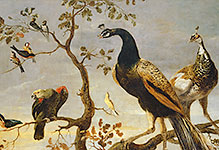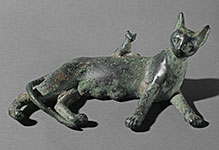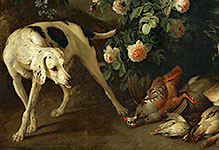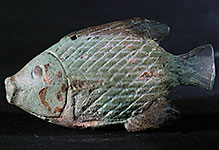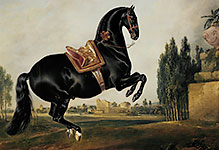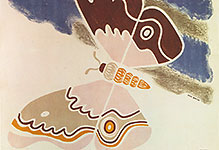
#030603 9
Sohni swimming to Mahwal.

#03060311
A detail from the right of the pagoda, "Humayun's garden party", 1550-1555. Insi...

#03060312
A detail of the pagoda, "Humayun's garden party", 1550-1555. Inside the pavilion...

#03060313
A detail of the pagoda, "Humayun's garden party", 1550-1555. A line of seated gu...

#03060314
A detail of the pagoda, "Humayun's garden party", 1550-1555.A group of servants...

#03060319
The crow addresses the animals, an illustration to an animal fable, around 1600....

#03060321
Subjects making offerings to Akbar seated on a throne. The scene takes place in...

#03060322
Shah Jahan, the Moghul emperor of India, riding a white elephant, 18th century....

#03060325
A drake (male duck), 1635. ID:Or 3129, fol.10

#03060326
Rama anoints Bibishana. After Bibishana has given his account of Ravanah's stren...

#03060327
The Pandavas and Draupadi led by Yudhusthira and accompanied by his favourite do...

#03060328
The king of the Rajput state of Mewar is shown in worship before Krishna. The bl...
